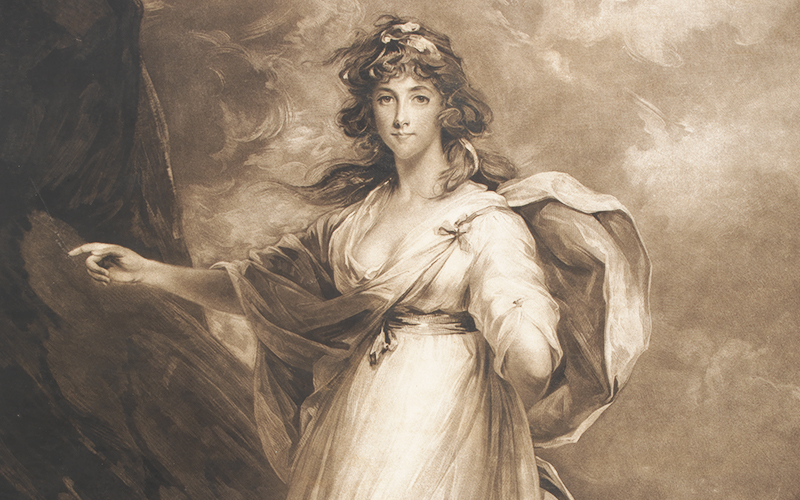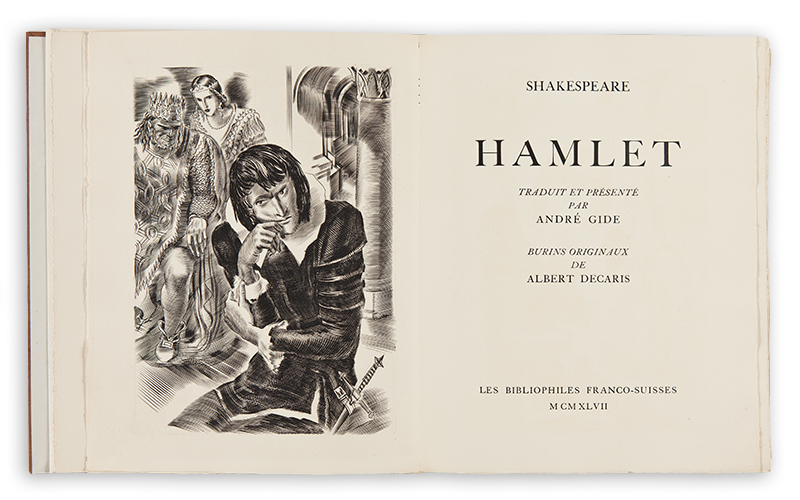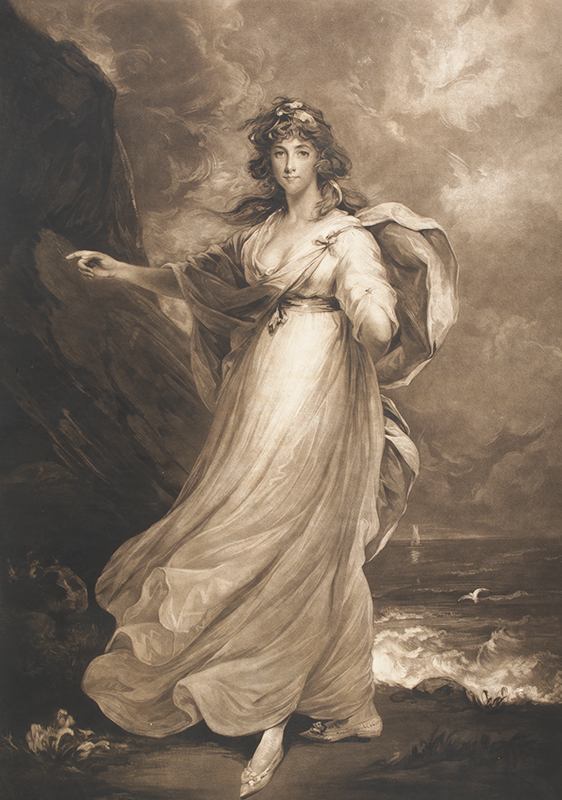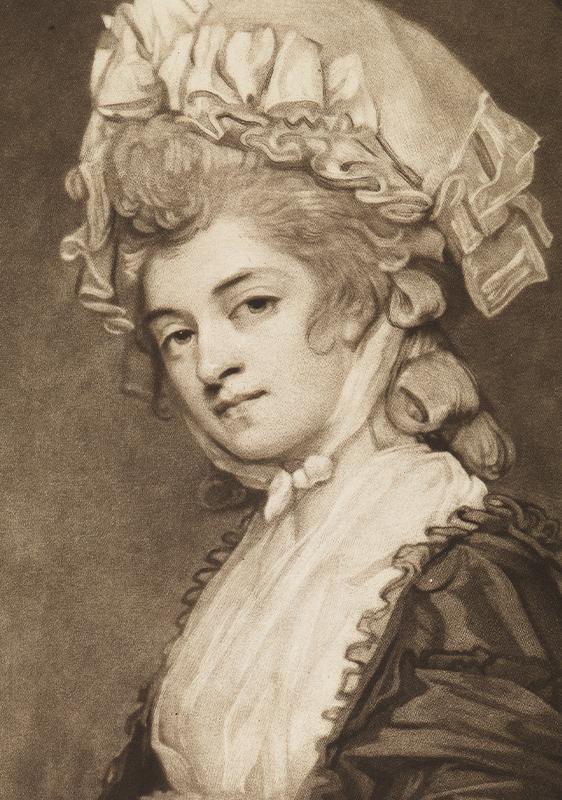William Shakespeare

William Shakespeare (1564–1616) was an English poet and playwright, author of some of the most famous plays in the world. His texts have been translated into various languages and are the subject of numerous literary, theatre and film adaptations. His contribution was so important that it is one of the reasons why World Book Day is celebrated on 23 April, which is generally accepted as the date of his birth and death.
Born in Stratford-upon-Avon, Shakespeare would begin a career as an actor and writer at the end of the 1580s. His theatre company – the Lord Chamberlain’s Men, later the King’s Men – quickly became one of the most prominent in London and was responsible for the construction of Shakespeare’s Globe Theatre. In 1997, a reconstruction of the theatre was inaugurated in the English capital, near the place that the original would have been located.
Shakespeare wrote comedies and tragedies that would become internationally renowned and influence other authors, like Thomas Hardy, Charles Dickens and Herman Melville, as well as inspiring composers such as Verdi, and various painters, especially the Pre-Raphaelites.

However, this is not the only work related to Hamlet that exists in the Collection. In 1900, Gulbenkian acquired – directly from René Lalique – a brooch representing Ophelia, the protagonist of Shakespeare’s play, laying under a willow branch. The piece, made out of cast gold, evokes Ophelia’s tragic death by drowning, considered one of the most poetic in the history of literature. The character has been depicted by various artists, like John Everett Millais, whose iconic painting is now in the Tate Britain, in London.

There are another two prints in the Gulbenkian collection which depict actresses dressed as the Shakespeare characters they played, namely Miranda, from the play The Tempest, and Perdita, from the work The Winter’s Tale.


A Collection of Stories
On a weekly basis, we shared a story around Calouste Gulbenkian’s collection. This section was created in 2020, which is why the articles refer to the Calouste Gulbenkian Museum collection as the Founder’s Collection.
Other stories